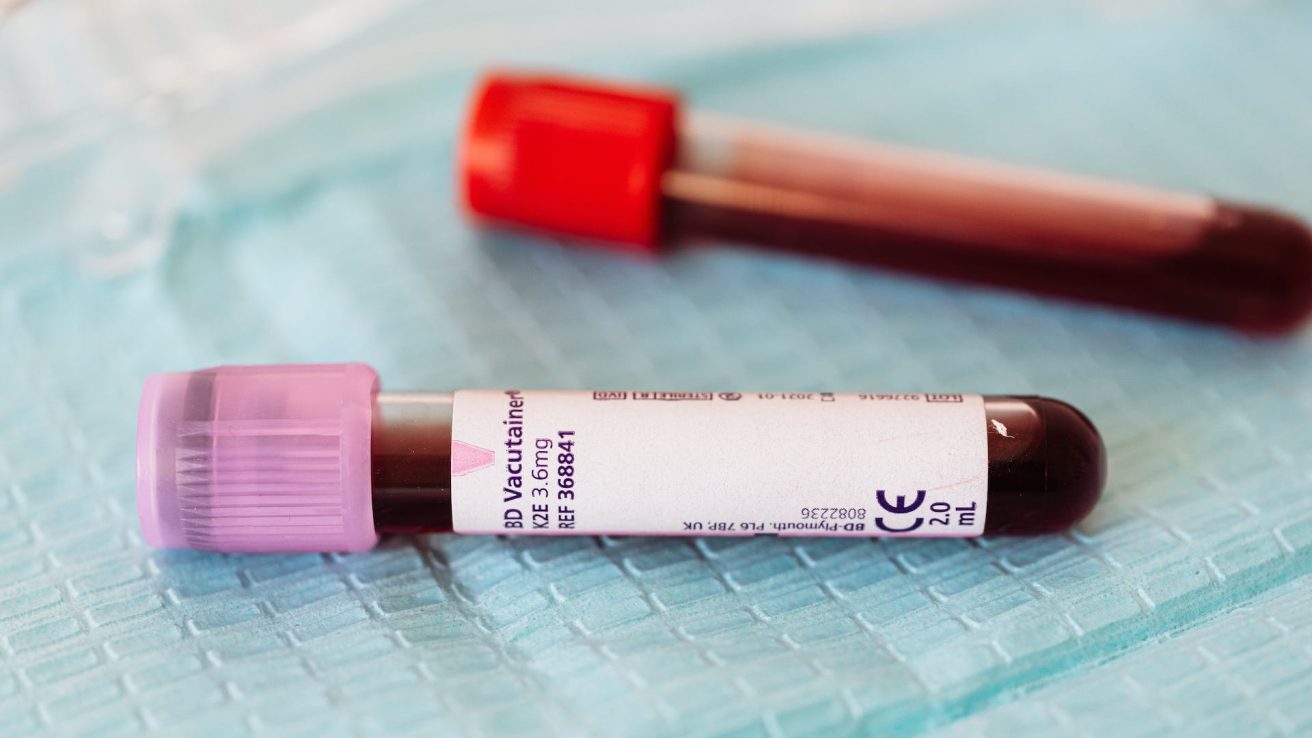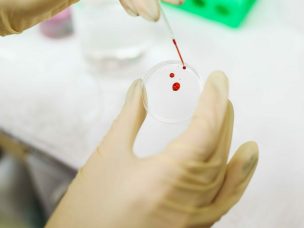BlvrB is an important antioxidant in mature red blood cells. It is especially helpful in preventing hemolytic anemia in G6PD-deficient individuals.
Biliverdin reductase B (BlvrB) is the fourth-most abundant enzyme in red blood cells (RBCs) and is also present in many other tissues. Existing literature on heme metabolism and bilirubin-related pathologies has predominantly focused on biliverdin reductase A (BlvrA) and the alpha isomers of biliverdin and bilirubin. However, the porphyrin molecule, a crucial component of heme, can generate distinct biliverdin isomers (alpha, beta, gamma, or delta) when subjected to chemically coupled oxidation.
While BlvrA primarily converts porphyrin to biliverdin-alpha, BlvrB uniquely reduces non-alpha biliverdin isomers to their corresponding bilirubin isomers. Despite being abundantly present and evolutionarily conserved, BlvrB’s function has remained elusive, with its only known impact being a subtle effect on hematopoietic lineage fate. This study, which was shared at the 65th ASH Annual Meeting & Exposition, posited a hypothesis suggesting that BlvrB plays a crucial antioxidant role that becomes particularly important when other redundant antioxidant pathways are limited.
Biliverdin Reductase B Acts as an Antioxidant in Mature RBCs
To investigate their hypothesis, the researchers generated a novel BlvrB knockout mouse on a C57BL/6 background. They employed a murine model of primaquine (PQ)-induced oxidative hemolytic anemia in mice deficient in glucose-6-phosphate dehydrogenase (G6PD), representing a clinically relevant scenario with compromised antioxidant biology leading to treatment-limiting pharmacotoxicity in RBCs.
Analysis of Murine Model confirms the Hypothesis
The study involved crossing BlvrB-KO mice with two strains of mice carrying either the A-deficient variant of human G6PD (hG6PD(A-)) or the non-deficient form of human G6PD (hG6PD(ND)). Four distinct mouse strains were subjected to either PQ treatment or control PBS injections, with anemia monitored through hematocrit (HCT) and reticulocyte count (RET) analysis. Additionally, high-resolution metabolomics was employed to unravel biochemical changes in peripheral blood. Results revealed that PQ-induced hemolytic anemia in hG6PD(A-) mice and BlvrB deletion significantly exacerbated this effect. The mice lacking BlvrB and G6PD(A-) exhibited defective glycolysis, altered redox metabolism, and specific increases in hypoxanthine and sphingosine-1-phosphate (S1P). These findings point to BlvrB’s previously undescribed antioxidant role in RBCs, particularly in the context of oxidative stress induced by G6PD deficiency.
The Bottom Line
In conclusion, the study significantly enhances our understanding of BlvrB’s functional significance, especially in mature RBCs, highlighting its potential as a crucial player in antioxidant defense mechanisms. The observed exacerbation of oxidative injury in the absence of BlvrB suggests its involvement in safeguarding against oxidative stress, emphasizing its relevance to a large population affected by G6PD deficiency.
Source
Zimring, J. (2023, December 10). Biliverdin Reductase B Protects Against Primaquine Induced Hemolysis – Identification of a Novel Antioxidant Pathway in Murine Erythrocytes. 65th ASH Annual Meeting & Exposition. https://ash.confex.com/ash/2023/webprogram/Paper178655.html










